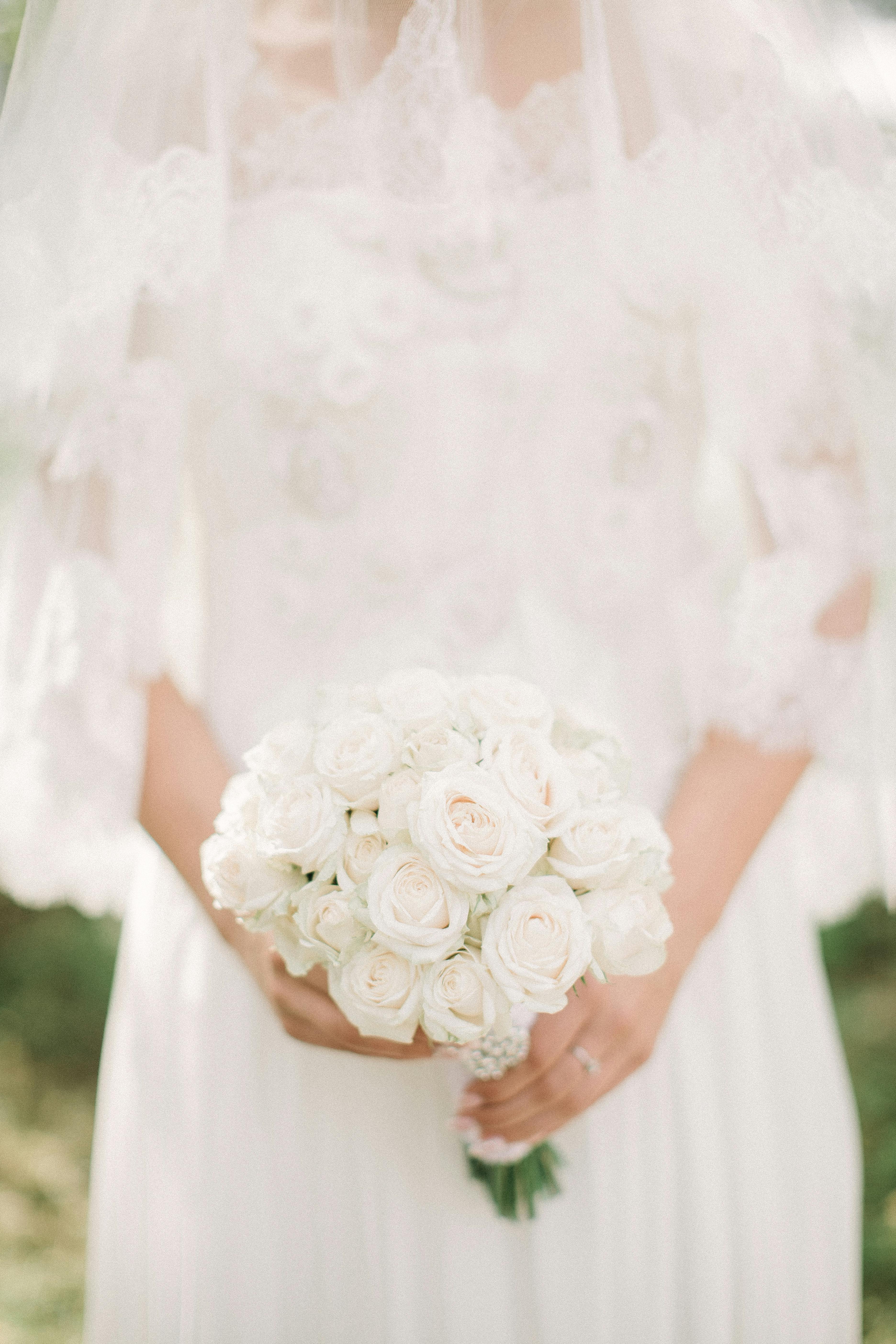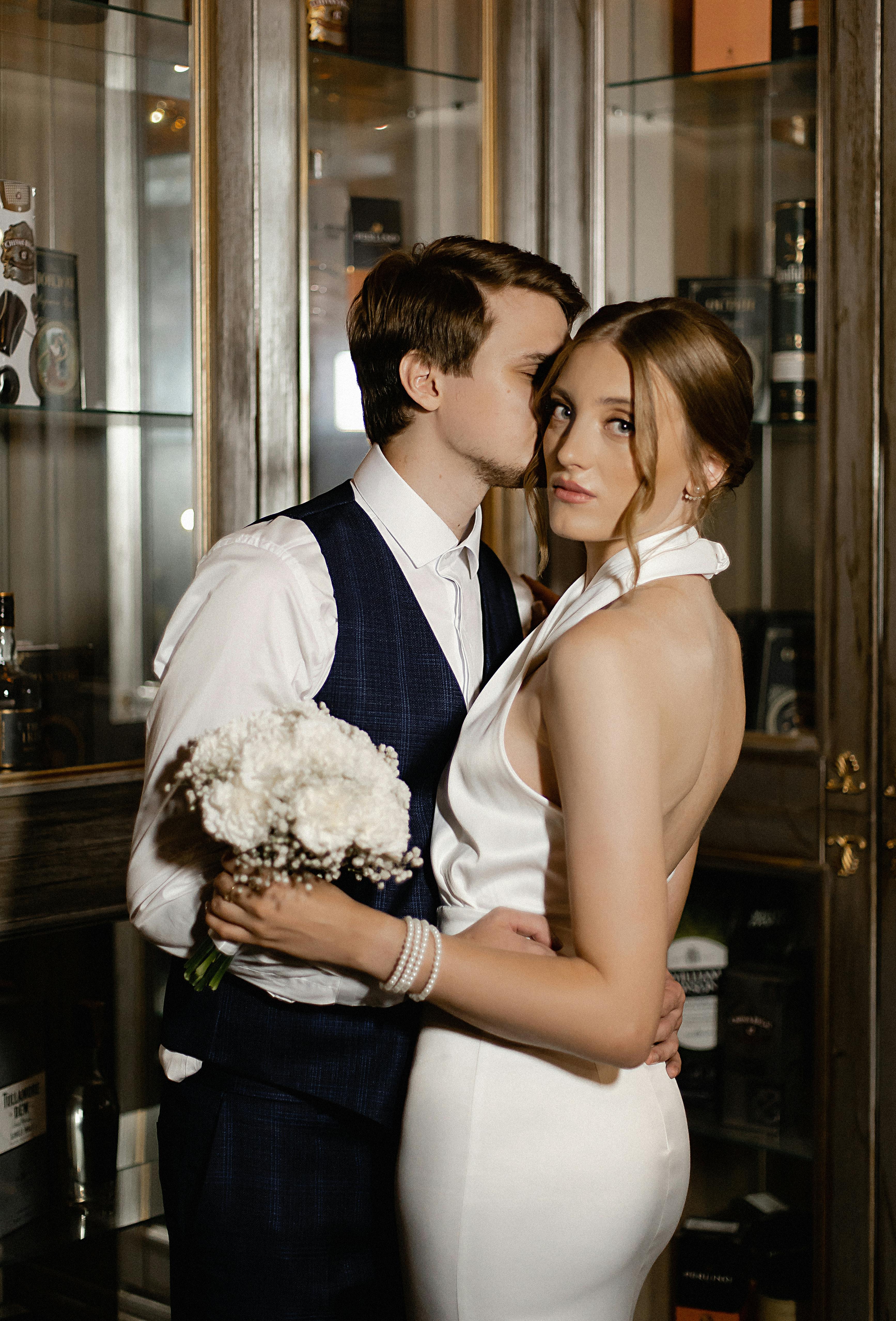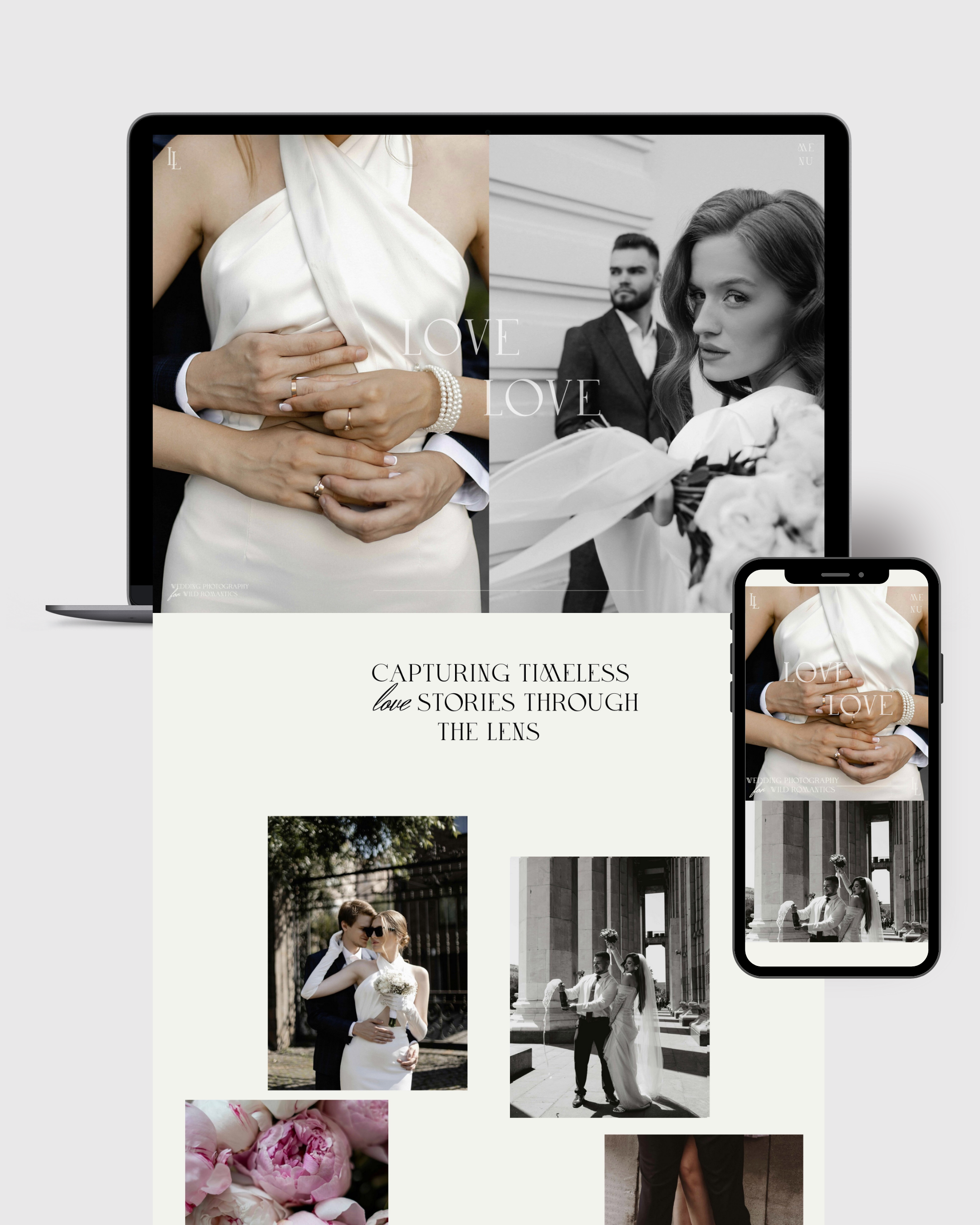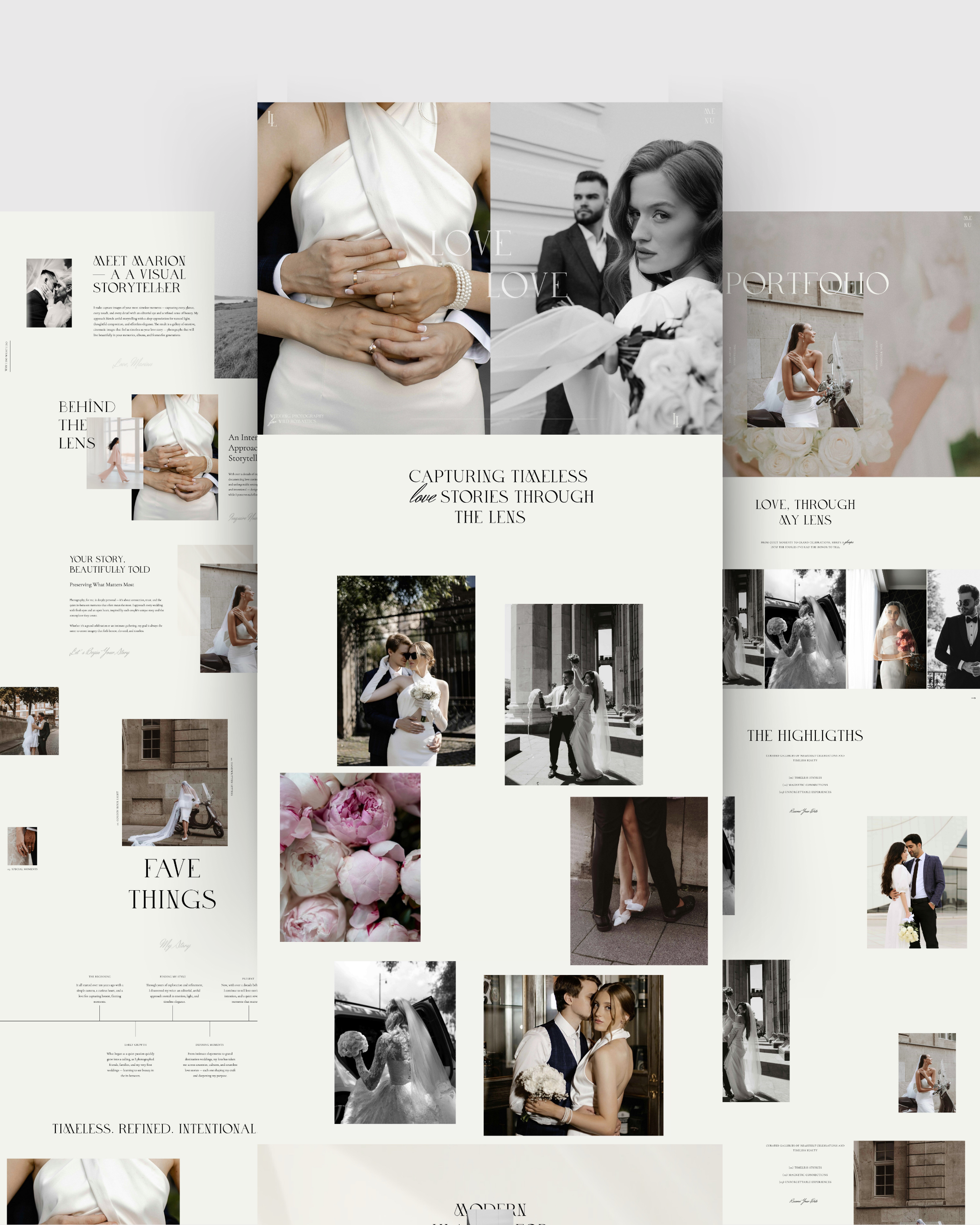Article: A professional lens on the art, emotion, and rhythm of photographing weddings

A professional lens on the art, emotion, and rhythm of photographing weddings
Wedding photography is often romanticized — imagined as a dreamy, artistic career filled with beautiful moments, soft light, and joyful couples. While those elements are very real, the full picture is far more layered.
At its heart, wedding photography is the art of capturing fleeting emotion under pressure. It’s a profession that demands a rare combination of technical mastery, creative vision, emotional intelligence, and logistical coordination. Photographers must be calm under pressure, alert to nuance, and endlessly adaptable.
This is a look into what it’s really like to be a wedding photographer — not just on the wedding day, but in the preparation, the unseen work, and the emotional responsibility that comes with preserving once-in-a-lifetime memories.

The Rhythm of the Wedding Day
Preparation Begins Long Before Arrival
A typical wedding day begins long before the ceremony. Photographers spend hours preparing — from packing gear and confirming timelines to coordinating with planners and reviewing venue layouts. Batteries are charged, memory cards formatted, lenses cleaned, and shot lists reviewed.
The mental preparation is just as important. Photographers must anticipate the pace of the day, the lighting conditions at different times, the emotional dynamics of the couple and their families, and potential disruptions — all while preparing to be “on” for up to 12 hours or more.
Morning of: Nerves, Details, and Building Trust
The “getting ready” portion of the day offers more than just aesthetic detail shots. It’s a critical time to establish trust and rapport. The photographer becomes a quiet presence in the room — capturing emotion, offering reassurance, and often acting as a subtle guide through nerves and logistics.
This is where visual storytelling begins: flat-lays of accessories, heirloom jewelry, handwritten vows, and the quiet emotional beats before the ceremony. A skilled photographer balances direction with discretion — knowing when to step in and when to simply observe.
The Emotional Core of the Day
The First Look or Pre-Ceremony Moments
Whether a couple chooses to see each other before the ceremony or not, the moments just before are charged with anticipation. Photographers must be attuned to this energy and ready to capture the subtle expressions — laughter, tears, and the sheer gravity of what’s unfolding.
These are the images couples treasure most — the unguarded emotions, the private exchanges, the palpable connection. They’re rarely posed, and they require a careful balance of readiness and restraint.
The Ceremony: Timeless, Unscripted, Irreplaceable
The ceremony is the heartbeat of the day. From the processional to the vows and the recessional, photographers must work silently and efficiently, capturing emotion without distraction.
Each ceremony brings its own set of challenges: changing light, unexpected movement, restrictive venue rules. A professional photographer adapts instinctively — adjusting settings on the fly, finding unique vantage points, and preserving the integrity of the moment while ensuring quality.
The Logistics No One Sees
Group Portraits: High-Stakes Coordination
Family portraits are often the most logistically complex portion of the day. Time is short, emotions are high, and large groups must be coordinated quickly and respectfully.
Photographers must be firm but warm — directing with clarity while managing expectations and minimizing stress. This part of the job requires as much people management as it does technical skill.
Golden Hour: The Magic Window
If timed well, golden hour offers the most flattering light of the entire day. During this time, portraits take on a glow that’s nearly impossible to replicate with artificial lighting.
Photographers often advocate for this brief portrait session in the wedding timeline. The results — luminous skin tones, rich skies, and natural emotion — speak for themselves.
The Reception: Emotion in Motion
Once the formalities give way to celebration, photographers shift into a different gear. Receptions are dynamic, unpredictable, and filled with unscripted moments. From speeches and dances to candid laughter and late-night toasts, this is where the story loosens and becomes more expansive.
Capturing movement in low light requires technical precision — from flash technique and exposure control to timing and composition. But it also requires attentiveness. A good photographer doesn’t just follow the timeline — they anticipate emotion.
Beyond the Wedding Day
The Editing Marathon
Once the event concludes, the work continues — often for weeks. Photographers sort through thousands of images, carefully selecting the best of the best. Editing is both technical and interpretive: exposure is balanced, tones are refined, and storytelling is preserved through cohesive color grading.
Each gallery delivered is not just a collection of images — it’s a crafted narrative.
Business Behind the Art
Wedding photographers are also business owners. Their work includes:
-
Marketing and social media
-
Client communication
-
Contract management
-
Accounting and budgeting
-
Blogging and SEO
-
Album design
-
Maintaining and updating their websites
For every hour spent shooting, dozens more go into sustaining the business that supports it.
The Unseen Responsibilities
Emotional Labor
Photographing weddings requires deep emotional presence. Photographers witness the most vulnerable, joyful, and sometimes difficult moments of people’s lives. They are often expected to hold space — to calm nerves, diffuse tension, comfort crying flower girls, and discreetly capture it all.
This emotional labor is rarely discussed but is integral to the role. Trust is everything — and it’s earned through subtle, respectful attentiveness.
The Physical Toll
Wedding photography is physically demanding. Long hours on one’s feet, carrying heavy gear, shooting in unpredictable weather, and working back-to-back weekends during peak season all take a toll.
Photographers often sacrifice their own weekends, celebrations, and sleep to ensure every couple’s day is documented with care.
Why It’s Worth It
Despite the demands, most wedding photographers will say the same thing: it’s worth it.
The opportunity to witness and preserve love — in its raw, unfiltered, real form — is rare. The joy in delivering images that will become heirlooms. The emails that say, “You captured things we didn’t even realize were happening.” The moment a couple sees their gallery and is transported back into the most meaningful day of their lives.
It’s a craft. A calling. And a responsibility that is never taken lightly.
Through the Professional Lens
Wedding photography is not simply a job. It’s a nuanced profession that blends technical mastery with emotional sensitivity. It requires planning, adaptability, creativity, and professionalism at every level.
What may look effortless in the final gallery is the result of years of experience, preparation, and care.
Couples often hire a photographer based on visual style — and rightly so. But the best wedding photographers bring far more than a portfolio. They bring stability, presence, intuition, and the ability to translate the chaos of the day into a calm, beautiful record of love.
Why a Strong Website Matters
In a profession where trust and first impressions matter, a photographer’s website is often the first window into their world. It should reflect not just the quality of the work, but the essence of the experience they provide.
For photographers who want to stand out, connect with aligned clients, and turn visitors into inquiries, investing in a thoughtful, editorial website design is essential.
Platforms like Showit allow photographers to showcase their portfolio with complete creative freedom. Combined with a professionally designed template — like those from Fjōr Avenue — the result is a website that elevates a brand, tells a story, and feels like an extension of the work itself.
LOVE LOVE Wedding Photography Showit Template:
Reflections Behind the Lens
To be a wedding photographer is to carry the quiet weight of memory. It’s to understand that a moment, once passed, can never be recaptured — only preserved.
The best in the industry don’t just shoot weddings. They witness love stories as they unfold, and they hold those stories with care. They work long hours so that others can relive fleeting moments. And they know that what they’re truly creating is legacy.
In a world full of images, wedding photographers create the ones that matter most.























